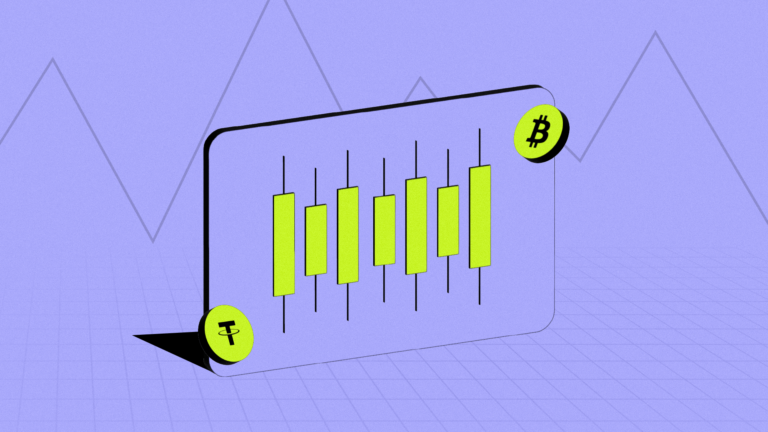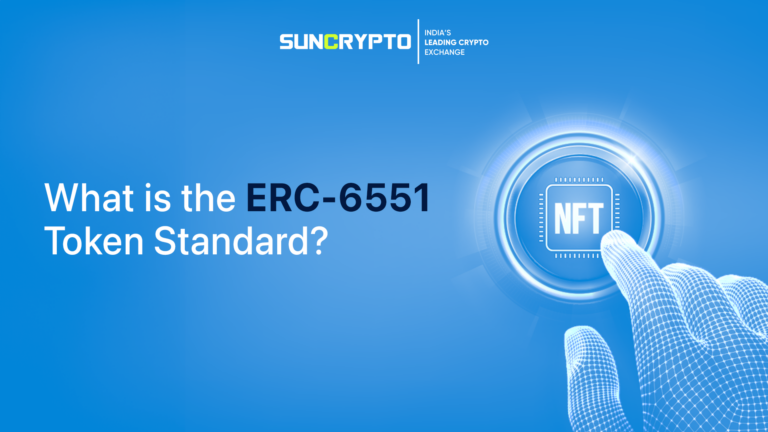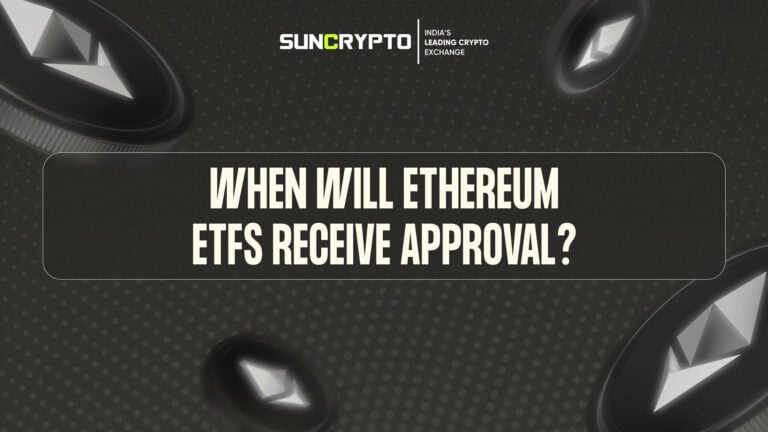Due to the continuously growing activity on the Ethereum blockchain, the Ethereum Network Fees associated with the transaction have surged, prompting numerous individuals to contemplate the value of utilizing the network.
Within this piece, we will delve into the reasons behind the elevated Ethereum network fees, examine the factors contributing to this surge, and offer actionable suggestions for diminishing and evading these fees. So, prepare yourself, because today we are about to uncover valuable insights regarding Ethereum and its associated charges!
Ethereum Network Fees: A Brief Overview of ETH
The introduction of Ethereum into the realm of cryptocurrency marked a pivotal moment for the entire landscape of blockchain technology. It emerged as the inaugural blockchain to confront and equal the supremacy of the Bitcoin network.
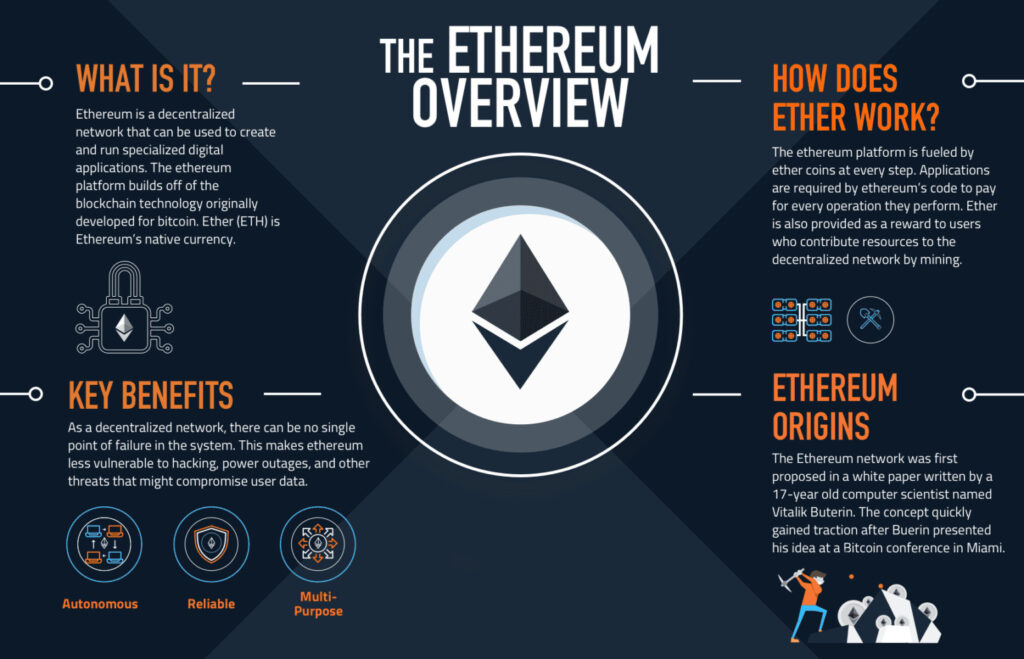
Ethereum functions as a decentralized framework enabling developers to conceive, release, and disseminate applications and intelligent contracts.
Due to its groundbreaking attributes and offerings, coupled with a community-driven ecosystem fostering numerous decentralized applications, it swiftly garnered recognition among global investors and users. Arguably its most remarkable trait is its capacity to execute smart contracts, a catalyst for propelling the advancement of the cryptocurrency sector.
Comprehending Ethereum Transaction Costs
When conducting a transaction on the Ethereum network, you encounter Ethereum network fees, also known as gas fees. For any activity within the network, whether it involves sending Ether or engaging with a smart contract, there’s a requirement for computational resources. Miners, responsible for validating transactions and upholding the network, receive gas fees as compensation for their contributions.
Gas fees are measured in Gwei, a minute fraction of an ETH. A single Gwei is equal to 0.000000001 ETH. Upon initializing a transaction, you establish a gas cap, which represents the maximum computational effort you’re prepared to pay for.
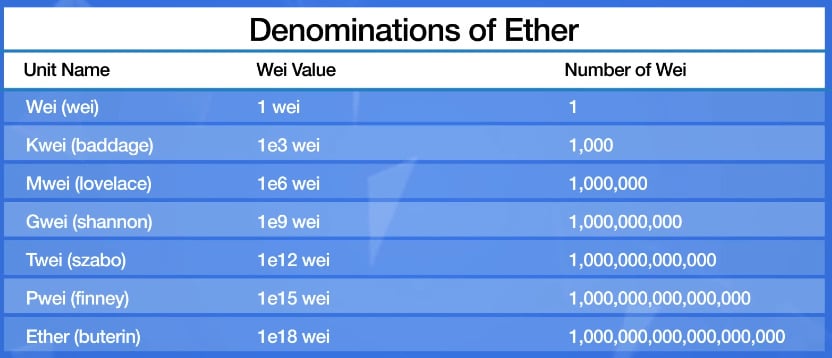
Furthermore, you define a gas price – the quantity of Gwei you’re ready to offer for each unit of gas. The complete transaction fee is calculated by multiplying the gas cap by the gas price.
Contributing Factors to Elevated Ethereum Network Fees Driven by Gas Prices
Numerous elements have played a role in the escalation of fees within the Ethereum network:
- Congestion within the Network: As the popularity of Ethereum has surged, the volume of transactions on the network has witnessed a significant upswing. This heightened demand has resulted in network congestion, leading to delays and an upsurge in transaction fees.
During periods of peak activity, when the network becomes densely populated with users, the competition among users to process their transactions tends to cause a rapid increase in gas prices.
- Gas Limit and Gas Price: The gas limit and gas price that you establish for your transactions can markedly influence the fees you incur. If you set a high gas limit or a high gas price, your transaction costs will be higher.
Striking a balance and optimizing these parameters to curtail fees while ensuring the prompt processing of your transactions is of paramount importance.
- Complexity of Smart Contracts: The intricacy of smart contracts also contributes to the determination of transaction fees. More intricate smart contracts necessitate greater computational resources, leading to augmented gas fees.
As decentralized applications (dApps) and their functionalities become more intricate, the network grapples with increased congestion, thereby driving up gas prices.
- Upgrades to the Ethereum Network: The Ethereum network has undergone multiple enhancements to enhance scalability and tackle the predicament of elevated fees. One such enhancement is EIP-1559, which introduced a fundamental fee mechanism to instill predictability in gas prices and mitigate fee volatility.
Nevertheless, the implementation of these upgrades requires time and may not provide immediate relief from the issue of high fees.
Tips for Decreasing and Preventing High Ethereum Network Fees
Having gained an understanding of the factors driving up Ethereum network fees, let’s delve into some practical strategies for cutting down on these fees:

- Optimize Gas Limit and Gas Price: It’s crucial to fine-tune the gas limit and gas price for each transaction in order to minimize transaction fees. To lower fees, you can set the gas limit and gas price to lower values, but avoid going too low to prevent transaction delays.
Experiment with different values to strike the right balance between cost and transaction speed.
- Utilize Layer-2 Scaling Solutions: Layer-2 scaling solutions encompass technologies built on the Ethereum network that enhance transaction throughput and reduce fees.
These solutions, such as Optimistic Rollups and zkSync, handle transactions off-chain or in a more optimized manner, alleviating the strain on the Ethereum mainnet. By making use of layer-2 solutions, you can benefit from quicker and more economical transactions.
- Opt for Off-Peak Times: During off-peak times with reduced network congestion, gas fees tend to be lower. By scheduling your transactions for these periods, such as late at night or on weekends, you can take advantage of lower fees.
Monitoring gas price charts or employing tools like Gas Now can help you pinpoint the best times for transactions.
- Explore Gas Tokens: Gas tokens like CHI or GST2 enable you to pre-purchase gas at a lower rate and utilize it for future transaction fees. Acquiring gas tokens when gas prices are low and redeeming them during high fee periods can effectively slash your overall gas expenses.
However, bear in mind that gas tokens might come with restrictions, and certain wallets and platforms might not support them.
- Select the Priority Fee Alternative: Some wallets and platforms provide a priority fee choice, allowing you to pay a slightly higher fee for expedited transaction processing. Opting for a priority fee can ensure miners prioritize and confirm your transaction more rapidly, particularly if time is a factor.
- Investigate Alternative Blockchains: If persistently high Ethereum network fees or the need for swifter and cheaper transactions arise, consider exploring alternative blockchains. Blockchains like Binance Smart Chain, Polygon, and Solana feature reduced fees and quicker transaction speeds.
Nevertheless, remember that these alternative blockchains might have distinct functionalities and might not accommodate all Ethereum-based tokens and applications.
- Stay Current and Adjust: The Ethereum network is in a state of constant evolution, with developers actively crafting new solutions to combat high fees. Stay informed about network upgrades, enhancements, and emerging technologies aimed at fee reduction.
By adapting to the evolving landscape, you can leverage the latest tools and innovations to minimize your transaction expenses.
Conclusion
The exorbitant Ethereum network fees might hinder individuals aiming to conduct transactions on the blockchain. Yet, by grasping the elements influencing these charges and applying the suggestions outlined earlier, you can curtail and evade steep expenses on the Ethereum network.
It’s essential to fine-tune your gas limit and gas price, delve into layer-2 scaling remedies, carry out transactions during less busy periods, contemplate the utilization of gas tokens, opt for priority fees when the situation demands, explore alternate blockchains and stay updated regarding progressions in the Ethereum ecosystem.
By employing these tactics, you can adeptly navigate the realm of Ethereum transactions with greater cost efficiency.
To know more about Ethereum Network Fees, go check out SunCrypto Academy.
Disclaimer: Crypto products and NFTs are unregulated and can be highly risky. There may be no regulatory recourse for any loss from such transactions. All content provided is for informational purposes only, and shall not be relied upon as financial/investment advice. Opinions shared, if any, are only shared for information and education purposes. Although the best efforts have been made to ensure all information is accurate and up to date, occasionally unintended errors or misprints may occur. We recommend you to please do your own research or consult an expert before making any investment decision. You may write to us at [email protected].


